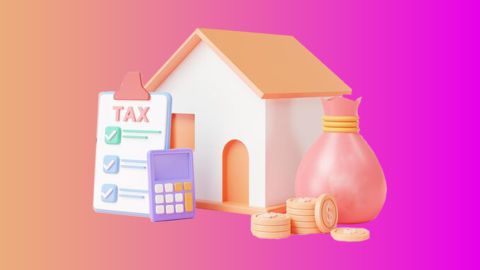Housing is a fundamental need of the hour, and India with its growing urban population is experiencing increasing demand for affordable housing. To counter this problem, the Government of India has introduced a specific category of housing known as EWS (Economically Weaker Section) housing. In this article, we take a detailed look at EWS housing schemes – defining it, laying down the eligibility criteria, the application process, and the key features of these schemes. We will also review government initiatives in this direction and list some popular EWS housing schemes.
What is EWS housing?
EWS (Economically Weaker Section) housing is a part of India's commitment to providing 'housing for all'. It aims to provide affordable housing options for the economically weaker sections whose annual income is less than INR 3 lakh. These housing units are typically priced lower than prevailing market rates, making them more accessible to the low-income groups.
Eligibility criteria for EWS housing scheme
To qualify for EWS housing schemes, the primary eligibility criteria are based on the annual income of the family. Furthermore, the applicant or their family members should not own a pucca house in any part of India.
Benefits of EWS housing schemes
Choosing an EWS housing scheme comes with its unique set of benefits. Foremost among these is the access to affordable housing, enabling low-income households to possess a property. In addition, these housing schemes are generally located within or close to city limits, offering easy access to city amenities.
How to apply for EWS housing?
Applying for EWS housing involves several steps — from fulfilling the required eligibility criteria, gathering the necessary documents, filling out the application form to finally submitting it to the concerned authority. Documents generally required are identity and income proof, proof of residence and an affidavit stating that the applicant does not own a pucca house.
Key features of EWS housing schemes
Key features that define EWS housing schemes are affordability, resourcefulness, and accessibility. The draw system is typically used to allocate houses ensuring a fair chance for all applicants. Many of these schemes also come with benefits like subsidised interest rates under the Pradhan Mantri Awas Yojana (PMAY).
Government initiatives for EWS housing
The Government of India has initiated many measures to promote EWS housing, the most significant being the PMAY. Under the PMAY, the government provides an interest subsidy to eligible beneficiaries. Likewise, state governments also offer housing schemes particularly tailored towards EWS segments. Some popular EWS housing schemes are the DDA housing scheme and MHADA lottery for Mumbai region.
Affordable housing with Bajaj Finserv Home Loan
Making a foray into affordable housing is made even easier with a trusted financial partner like Bajaj Finserv Home Loan. This home loan ensures a simplified application process, quick disbursements and customised loans that cater to the diverse needs of home buyers, including those seeking EWS housing.
To conclude, EWS housing schemes are an essential component of India's approach to address its affordable housing shortage. Incorporating inclusivity and accessibility, these housing schemes ensure that the dream of owning a house can become a reality for everyone. So, whether you are eyeing a prime spot in an EWS housing society or wish to design your own affordable home, trust in products like the Bajaj Finserv Home Loan to be your steadfast partner in your homeownership journey.




